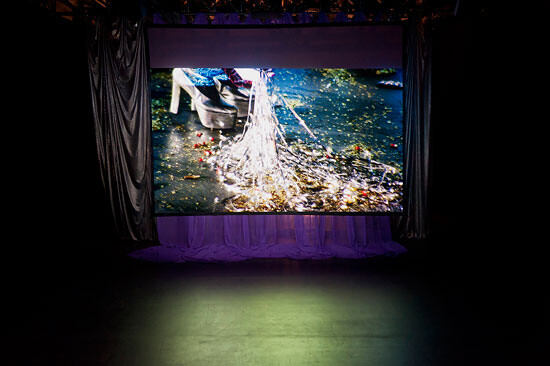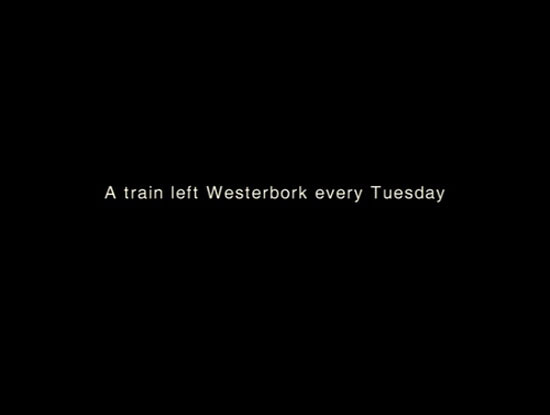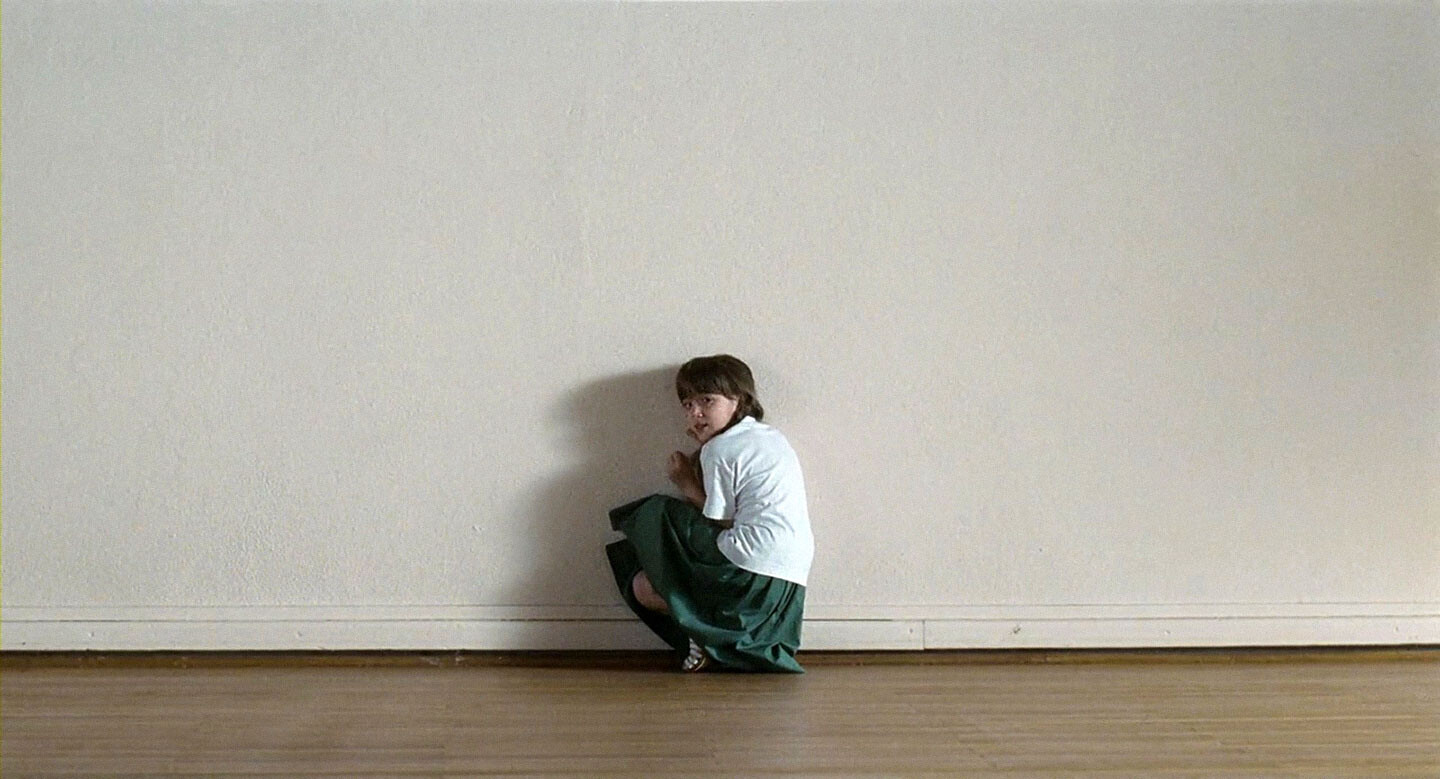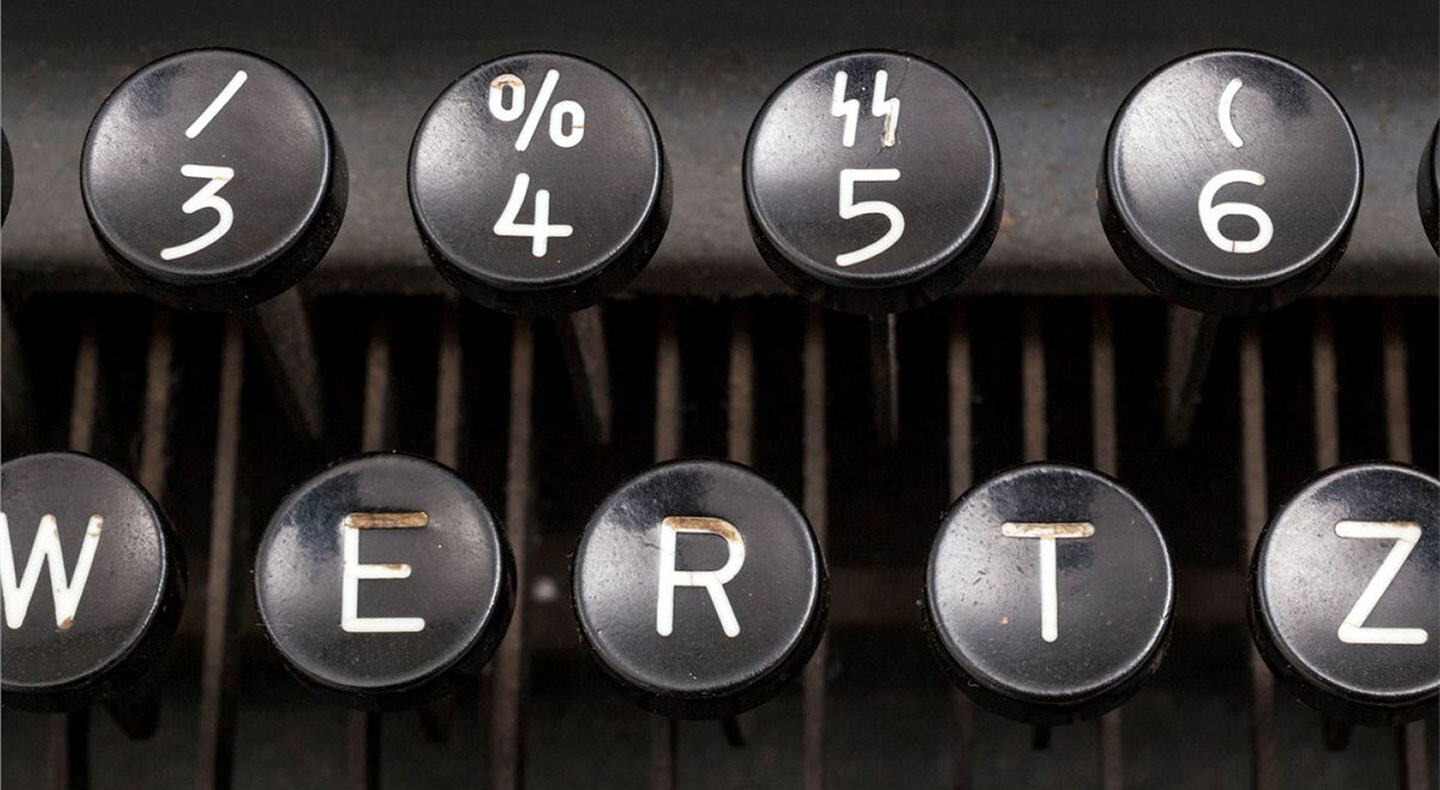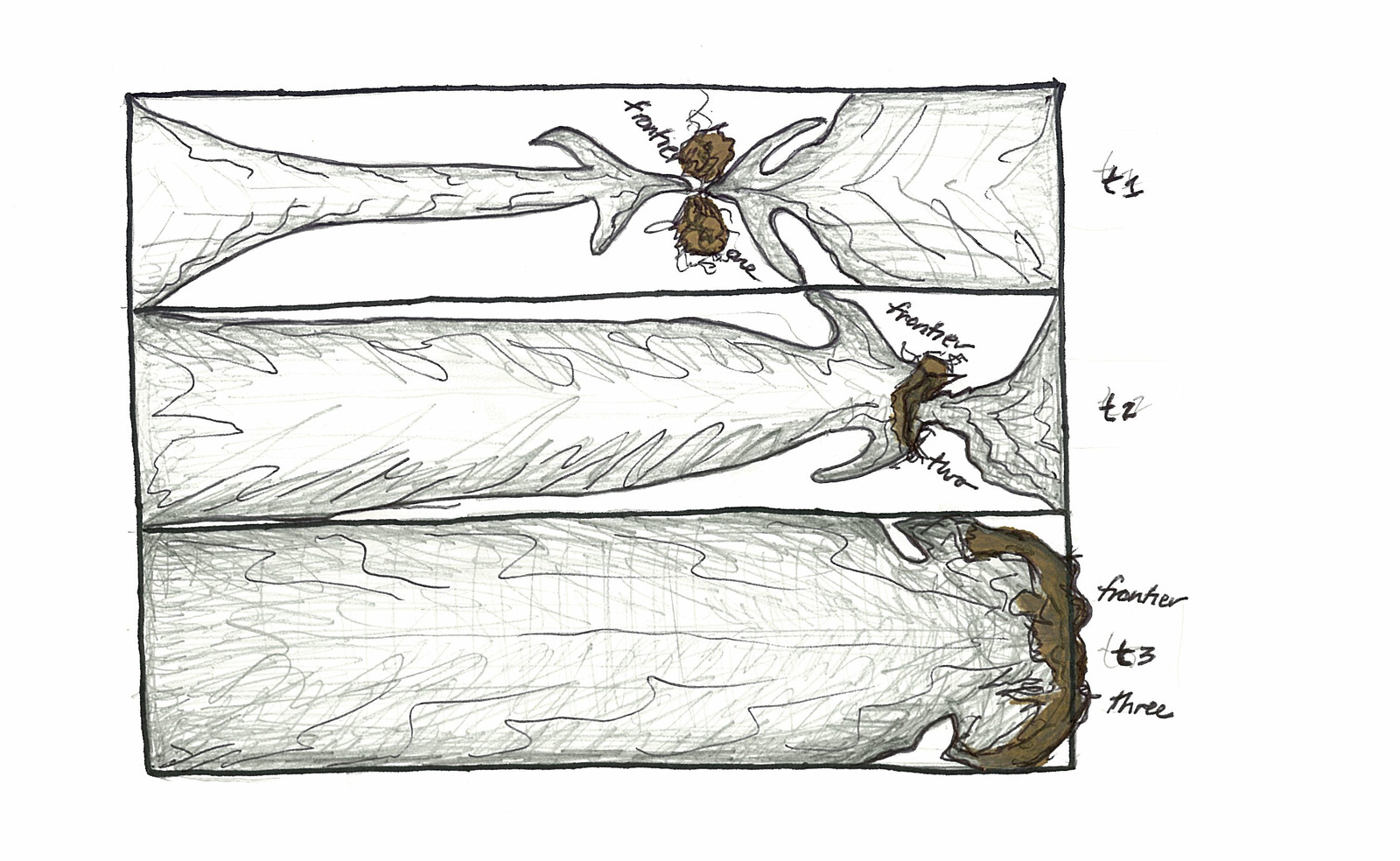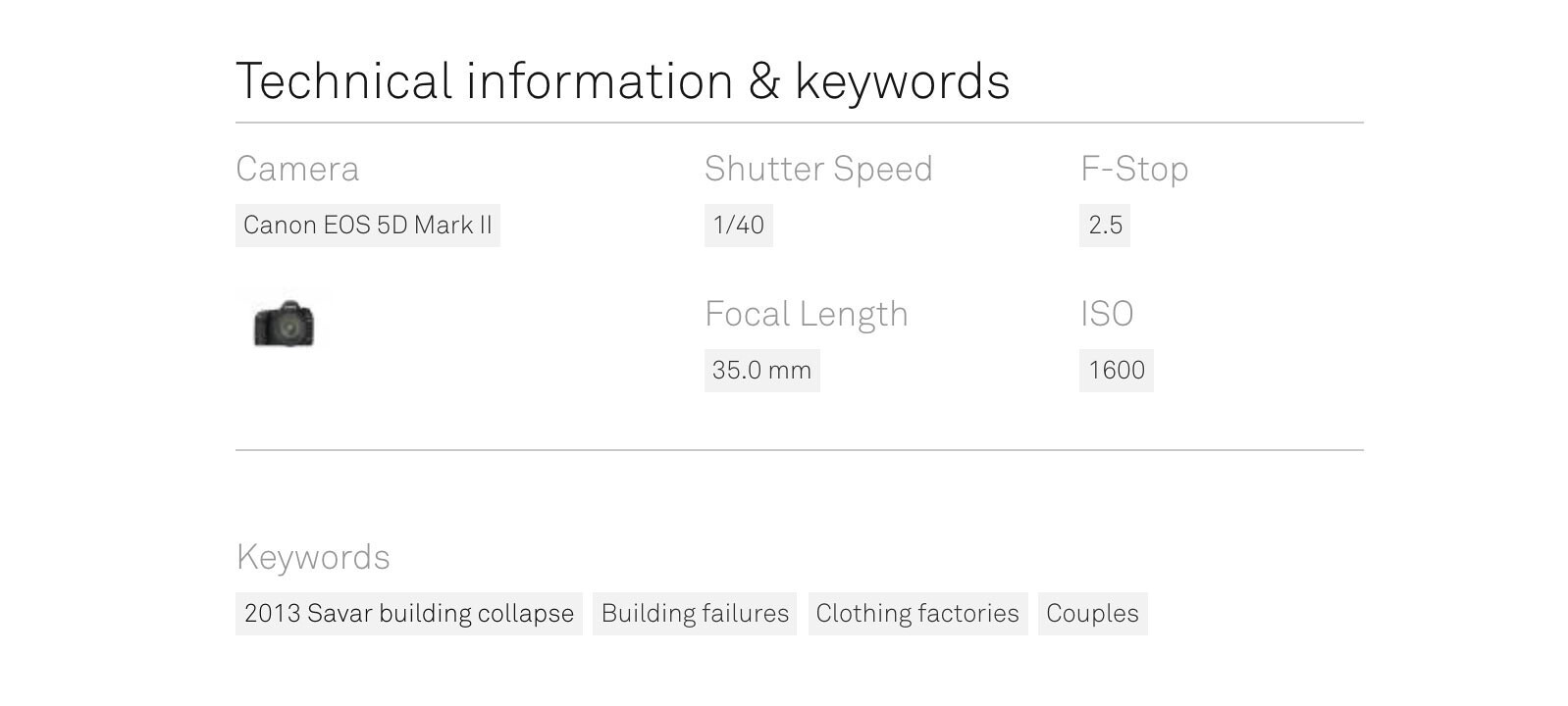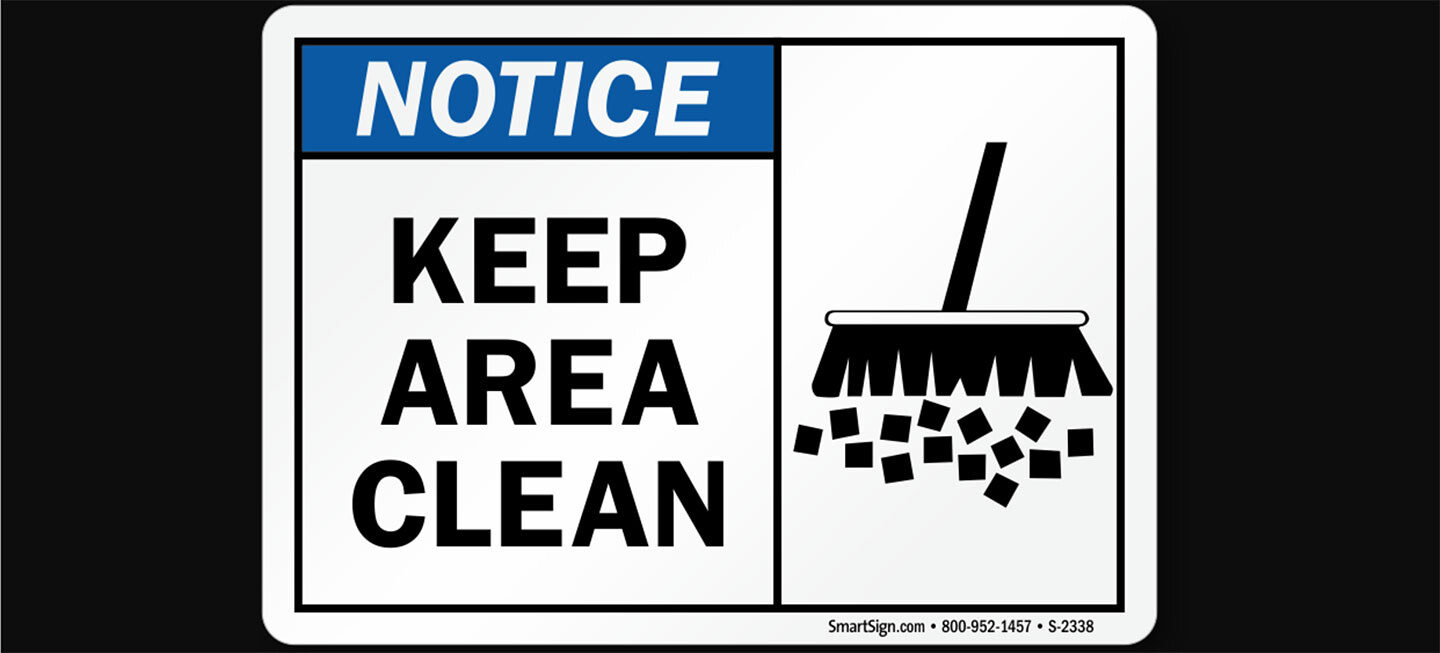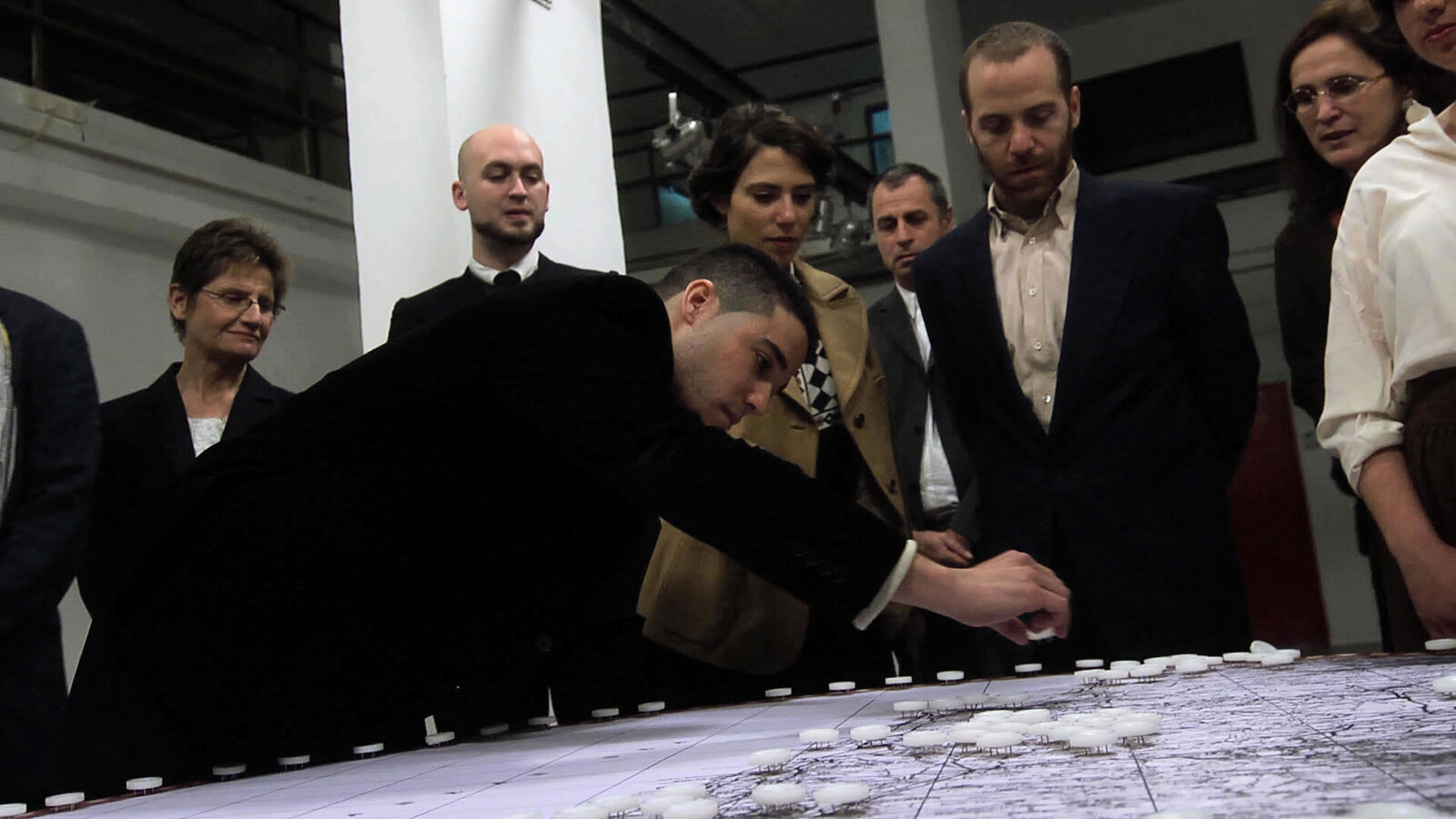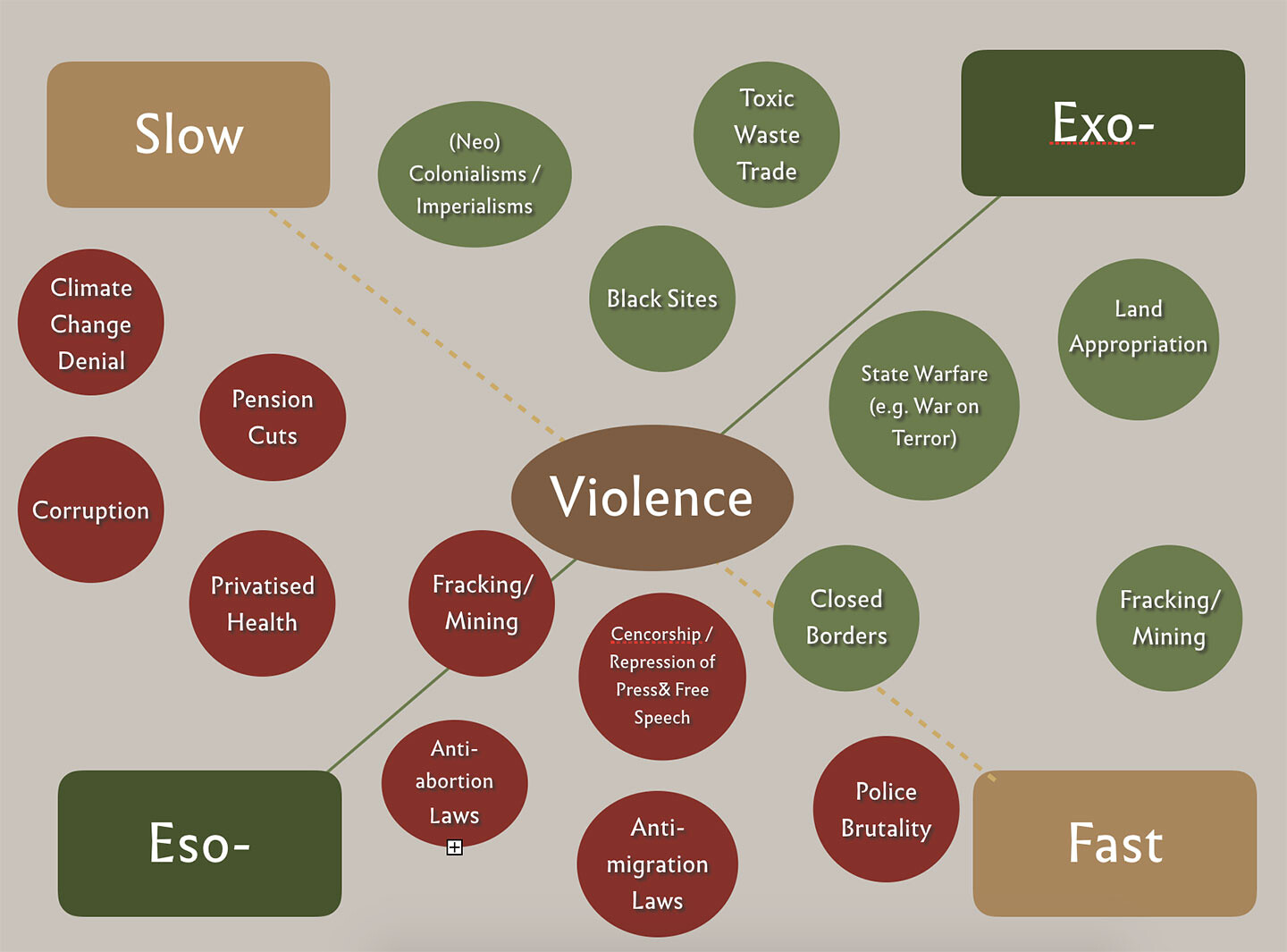Violence
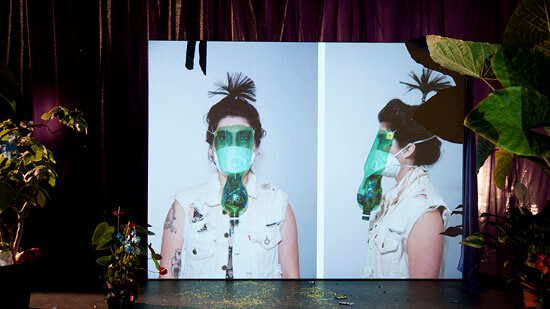

In its epistemic, symbolic, and material forms, violence is an integral part of the (in)visible regime that rules the relationship between institutions, knowledge, and subjectivities that are gendered, sexualized and racialized. In his 1921 essay “Critique of Violence,” Walter Benjamin distinguishes legal/institutional violence from revolutionary violence, questioning the erroneous separation of “legitimate and illegitimate violence.” No wonder the German word Gewalt means both violence and power, intended etymologically as potestas: the authority of state apparatuses. Violence occurs both flagrantly as trauma, horror, or brutality, and, more subtly, as systemic and structural violence. This latter kind of “original violence” can be user-friendly and portable; it haunts everyday life and penetrates our collective unconscious, imaginary, and language, supporting the patriarchal, racist, and classist discourses inscribed on our bodies.
Annalisa Pellino is a PhD student in Visual and Media Studies at IULM University, Milan, and is a co-founder and member of AWI—Art Workers Italia.
The alt-right may not believe that what they are doing is “rational,” but they certainly think that they are a lot more reasonable than the “social justice warriors” they oppose, and that tactics of irony and scorn are ways of undermining perceived irrationalisms on the part of the liberal left. We need to think much more carefully about the word-images that surround us, to make distinctions between the way violence is described and presented, and not think that all images are equally interchangeable. We need to remember all the words and ways of speaking we have forgotten, and note the way in which certain words, such as “cuck,” come to dominate our ways of speaking and thinking. We need to remain, not with Trump’s idiotic exclamation mark, but with the question mark, “the most important of all punctuation marks. A position in direct opposition to National Socialist intransigence and self-confidence.”
Two imaginaries of space have played a crucial role in the emergence of liberalism and its diasporic imperial and colonial forms, and have grounded its disavowal of its own ongoing violence. On the one hand is the horizon and on the other is the frontier. These two spatial imaginaries have provided the conditions in which liberalism—in both its emergent form and its contemporary late form—has dodged accusations that its truth is best understood from a long history and ongoing set of violent extractions, abandonments, and erasures of other forms of existence, and have enabled liberalism to deny what it must eventually accept as its own violence.
Photographic images could be considered particular forms of violence spurred by a given power/knowledge that is responsible for “general violence.” Conceived in this way, images could be performative as they enact ideology, as they exemplify, codify, and translate written and unwritten laws and social hierarchies, as they bestow or remove citizenship, and as they exert epistemic violence. Images do all these things in a particular mode and manner depending on the specificities of their respective medium and form. Visual activism, or the realm where images are put to militant use, like in the cases of Akhter and Ferdous, is one of the customarily invoked strands of practice that supposedly enables the production of visualities that oppose and contradict the “general violence” in which photography arguably takes part. So what exactly is the place of violence in activist image journalism and in modes of visual protest? And what may be the limit of such violence with regard to the violences of the (neo)colonial order?
In this symbolic and material economy, black and brown women’s lives are made precarious and vulnerable, but their fabricated superfluity goes hand in hand with their necessary existence and presence. They are allowed into private homes and workplaces. But other members of superfluous communities—such as the families and neighbors of these workers—must stay behind the gates, unless they are willing to risk being killed by state police violence and other forms of the militarization of green and public spaces for the sake of the wealthy. For these workers, the special permit to enter is based both on the need for their work and on their invisibility. Women of color enter the gates of the city, of its controlled buildings, but they must do it as phantoms. Racialized women may circulate in the city, but only as an erased presence.
Imagine experts in the world of art admitting that the entire project of artistic salvation to which they pledged allegiance is insane and that it could not have existed without exercising various forms of violence, attributing spectacular prices to pieces that should not have been acquired in the first place. Imagine that all those experts recognize that the knowledge and skills to create objects the museum violently rendered rare and valuable are not extinct. For these objects to preserve their market value, those people who inherited the knowledge and skills to continue to create them had to be denied the time and conditions to engage in building their world. Imagine museum directors and chief curators taken by a belated awakening—similar to the one that is sometimes experienced by soldiers—on the meaning of the violence they exercise under the guise of the benign and admitting the extent to which their profession is constitutive of differential violence.
In 2004, artist Abdel Karim Khalil organized an exhibition in a small Baghdad neighborhood. It was a group exhibition of artists from the area who felt the need to position themselves against what was occurring in the city. Khalil’s sculptural installation A Man from Abu Ghraib (2004) is a set of realistic marble figures depicting torture: a visual documentation of a historical moment that disrupted and destroyed a society and a people and initiated a new wave of exiles and refugees. It is one of the rare examples of artistic practice that manages to directly confront eso- and exo-violence, in both its slow and fast forms. The work unearths the violence imposed by the Iraqis and the Americans equally in instantaneous bursts of fast violence during the Gulf Wars, but also throughout the interim periods, during the rise of ISIS and through today.


